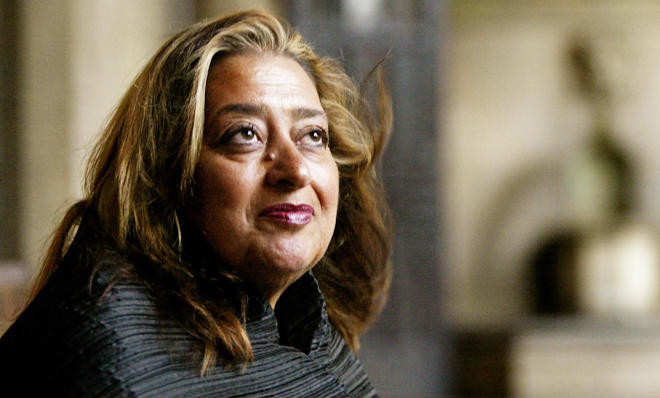Zaha Hadid, the British-Iraqi architect who died of a heart attack at the age of 65 last March, left a fortune worth £67million.
She left a memorable footprint with some of the world’s most breathtaking architectural masterpieces from Glasgow to Azerbaijan.
Hadid bequeathed a lump sum of £500,000 ($616,605) to her business partner Patrik Schumacher. She also left £1.7 million ($2.1 million) to four nieces and nephews, as well as her brother, Haytham Hadid, whose share was £500,000.
The architect was unmarried with no children and left her international design businesses, which account for the bulk of her wealth, in trust.
Her will shows the net value of her estate was £67,249,458 ($81.7 million).
The designer of the London Olympics Aquatics Centre, Guangzhou opera House and Saudi Arabia’s King Abdullah Petroleum Studies and Research Center (KAPSARC) modular complex earned impressive scores across all three smart, or environmental-friendly, building categories.
Among other Saudi buildings designed by the architect include the Urban Heritage Administration Centre in Diriyah, which serves as the head office of the Heritage Museum, an educational institution established to preserve the historic UNESCO world heritage sites of Diriyah and the surrounding Wadi Hanifah Valley. She also designed King Abdullah Financial District (KAFD) Metro Station, which will serve as a key interchange on the new Riyadh Metro network.
Hadid, who was made a dame in 2012 by Queen Elizabeth, became the first female recipient of the Pritzker architecture prize in 2004 and won the Britain’s most prestigious architecture award, Riba royal gold medal.
She was one of the world’s most famous architects with her mathematically inspired curving buildings.
The will shows Hadid is leaving her architecture practice, of which she was the sole owner, in trust. Her company employs more than 400 people and works on projects globally with a turnover of £44 million ($54.3 million) a year.
Hadid gave her executors powers to distribute all or some of the income from her several businesses. The distribution recipients include past, current and future employees and office holders of the companies, and the Zaha Hadid Foundation. The foundation was established to promote architectural education and exhibitions of Hadid’s work.
The will states that “for the moment” the trustees are her executors: Schumacher, Brian Clarke, the artist, Peter Palumbo, the property developer and Rana Hadid, the architect’s niece.
Hadid was born in Baghdad in 1950 and became a revolutionary force in British architecture even though she struggled to win commissions in the UK for many years. She studied mathematics at the American University of Beirut before launching her architectural career in London at the Architectural Association.
Hadid fought hard in her career and had to pay the price of discrimination in such a profession. “There is still a stigma against women. It’s changed – 30 years ago people thought women couldn’t make a building. There is still enormous prejudice though,” Zaha told the Architects’ Journal.
By 1979, she had established her own practice in London – Zaha Hadid Architects – and gained a reputation for groundbreaking theoretical works including the Peak in Hong Kong (1983), Kurfürstendamm 70 in Berlin (1986) and the Cardiff Bay Opera House in Wales (1994).










